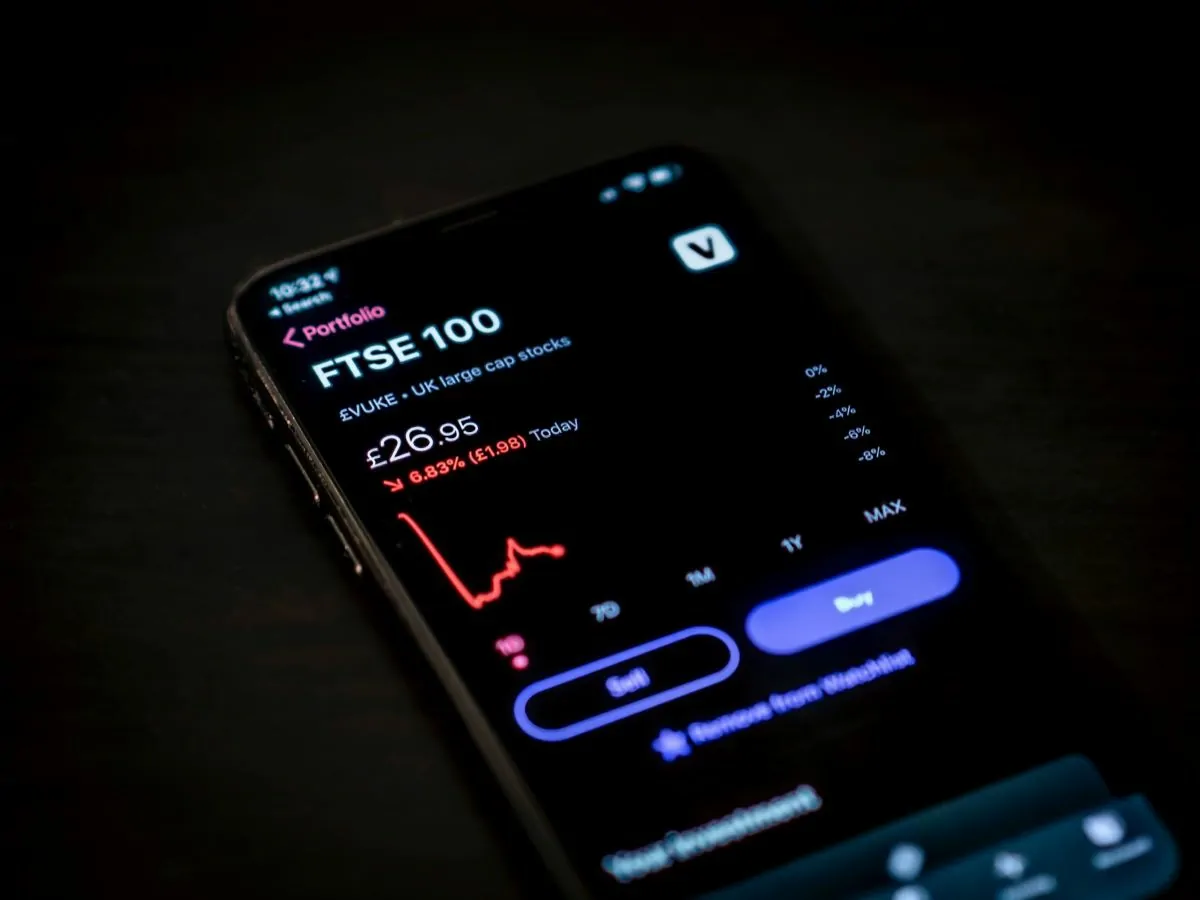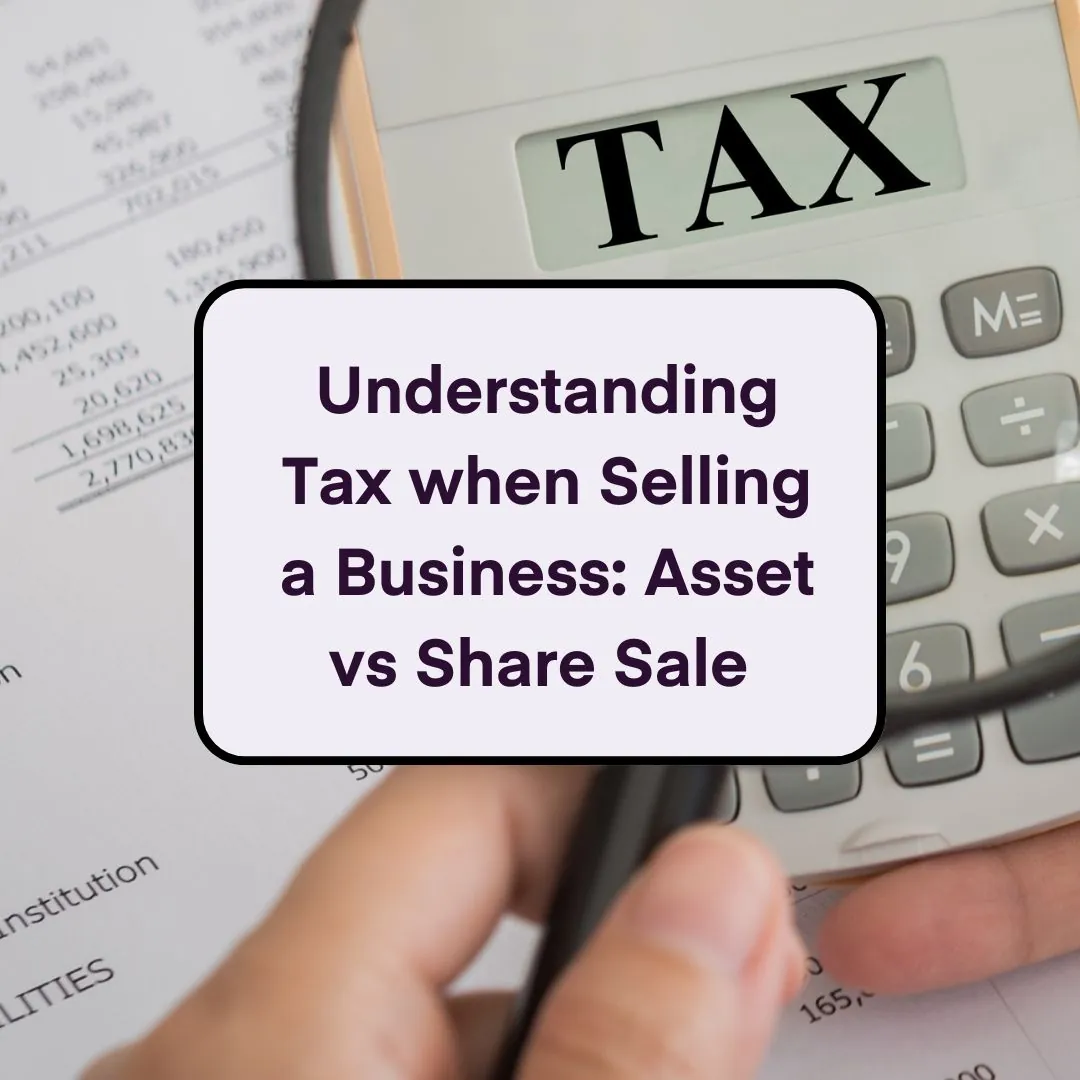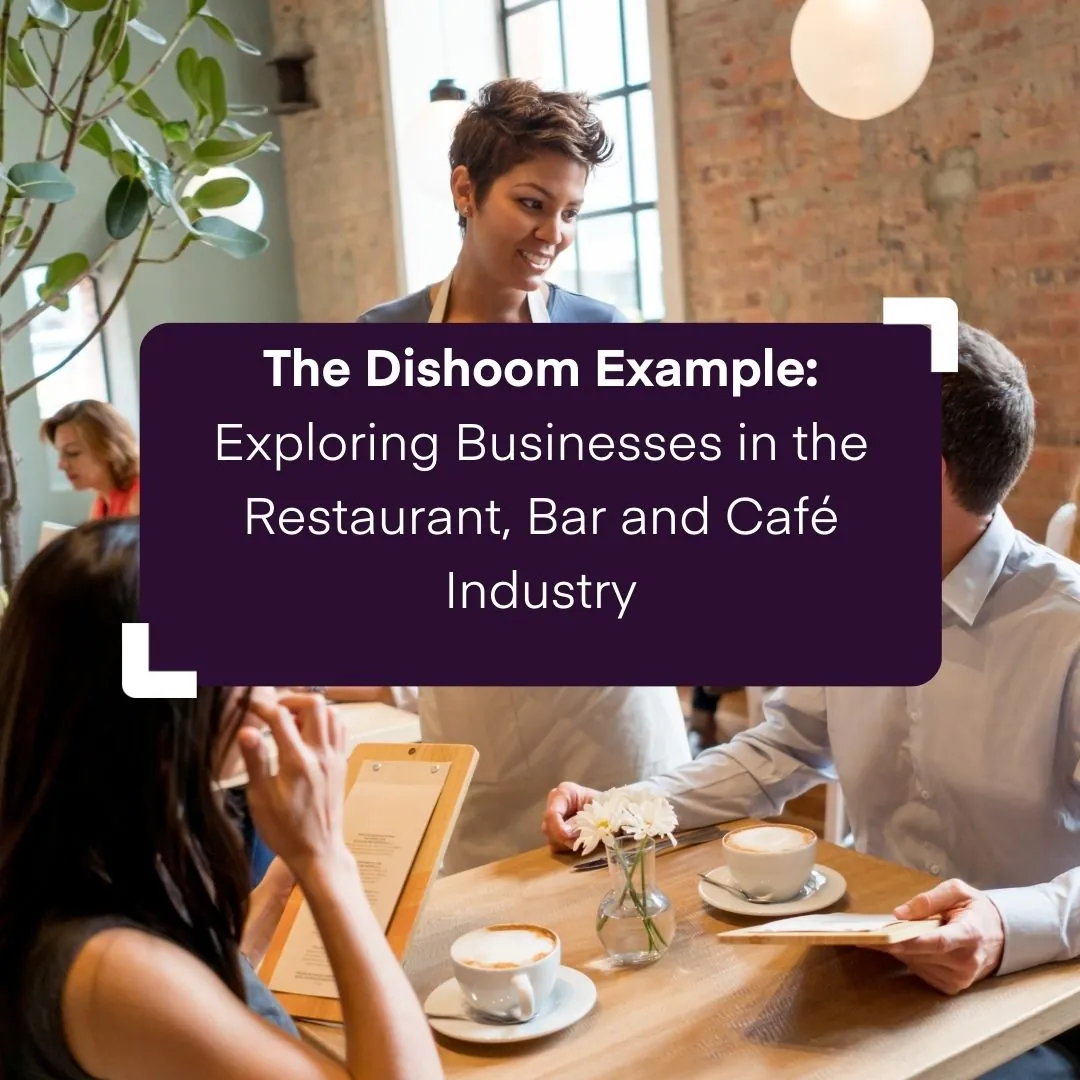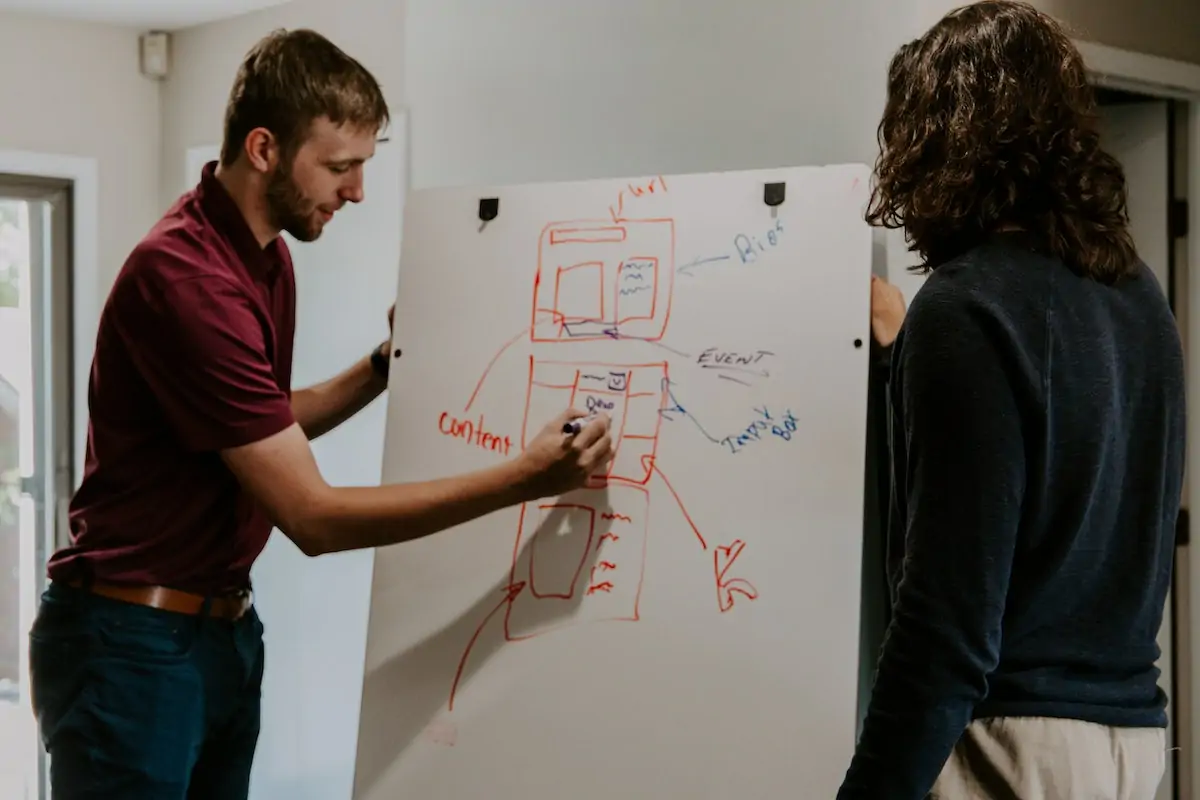
Option to Tax: reclaiming VAT on property developments
24 Nov 2017What is an ‘option to Tax’
In some circumstances a business has the choice of whether to charge Value Added Tax (VAT) on the sale, lease or rental of a building or a piece of land. Taking this option allows a business to reclaim any VAT costs that would not normally be reclaimed but any supplies that derive from the building must charge VAT.
The option to tax can cover a plot of land or a building. When a parcel of land is opted to tax, the option will cover a discrete area of land specified in the application this could be a specific site or even part of a site that might be carved out for good commercial reasons. When a building is opted to Tax the option covers the whole building, the land under the build building and anything within its curtilage.
What are the VAT implications on property transactions?
Opting a building or a piece of land allows input VAT ( VAT charges that has been incurred in bringing the Land or Property to market) to be reclaimed. If for example, you spend £100k + £20k VAT on renovating a property (see example blow) the £20k cannot normally be reclaimed unless the building has been opted to tax. Once you have opted to tax all the supplies you make of your interest in the land or buildings will normally be standard rated, and you will normally be able to recover any VAT you incur in making those supplies.
It is crucial to note that the option to Tax remains in place until it is revoked and cannot normally be revoked for at least 20 year – although it can be revoked within the first 6 months of the option being taken provided no input VAT has been reclaimed. This can have serious commercial implications within the period the option is in place.
What are the commercial reasons for taking or not taking the ‘option to Tax’?
Upsides:
- Opting to tax allows a business to reclaim input VAT and if there are significant upfront standard rated costs the business can reclaim any VAT paid in bringing the land or property to market. Opting to tax makes particular sense when a landlord is developing a property to rent to a tenant that is a VAT registered business. In this scenario, the tenant will reclaim VAT on rental income which won’t impact on the ability for the landlord to rent the property.
Downsides
- VAT charges to the end user on Land or Property can be significant amounts. Even if your customers or clients are VAT registered this can have significant implications on commercial decision making potentially make your offering less competitive. It is particularly relevant when the property is to be sold where the VAT amount can have a very serious impact on the purchasers cashflow.
The process
- Decision needs to be made, normally at board meeting – HMRC will likely want to see a written record of the decision-making process for a specific building or piece of land and the date the decision was made.
- Notify HMRC within 30days of making the decision – HMRC can accept notifications after 30 days but this is at their sole deaccession and requires strong evidence of the decision making process and the timing of that decision.
- The notification is usually made through form VAT 1614A and may also require additional maps or plans associated with the property.
- You will then receive acknowledgement within 15 days of the application.
Example
A landlord purchases a commercial property, which has not been opted to tax, with the intention of renting the property to a tenant. The landlord is looking to renovates the property at a cost of £100k plus £20k VAT. If the landlord would like to reclaim the £20k VAT he will need take the option to tax, however, if he does so he will then need to charge his tenant VAT on each quarterly payment for at least the next 20 years.
The landlord holds a board meeting to discuss the commerciality of taking the option and the board agree that it makes commercial sense as they have a tenant lined up who is VAT registered and willing to take the cashflow hit and pay VAT. The decision is ratified by the board, noted in the minutes and an application made to HMRC within the 30 day time frame. As there have been no previously exempt supplies the landlord doesn’t need to seek HMRC’s permission to make the option and simply submits VAT1614A. The landlord can reclaim the input VAT and after renovating the building rents the property to the tenant including VAT on the invoice.
Accountants for property investors and developers
Our Tax and VAT specialists are here to support you and to provide the expertise as you need to grow fast and in the right way.
Get in touch with our team today and we will help you grow, develop and thrive in the 21stCentury.























